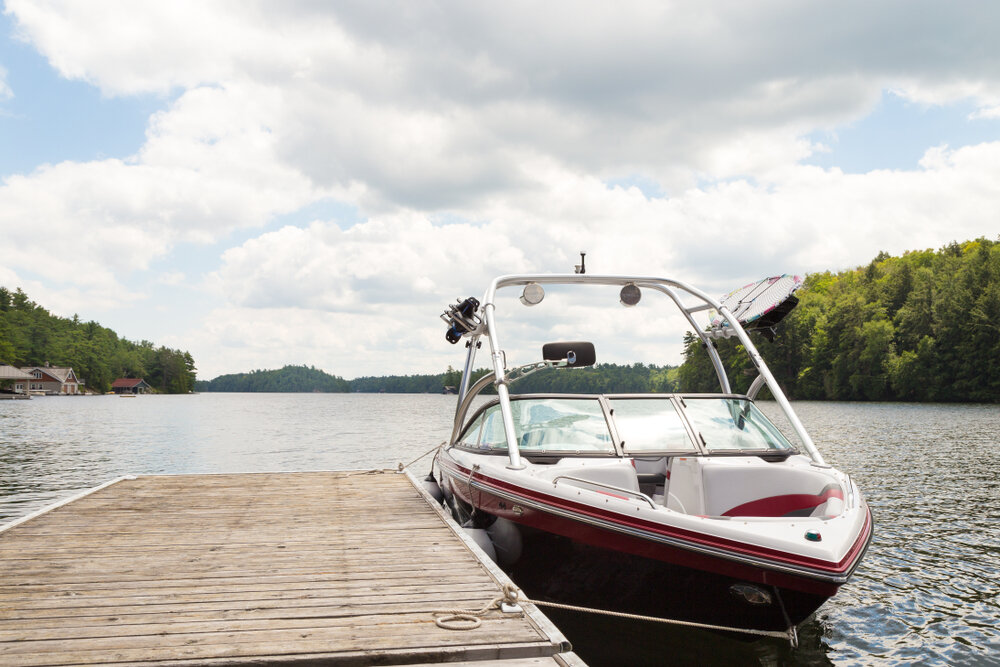If you’ve spent any time on the water in Northeast Florida, you know that the tides aren’t just background scenery—they’re the heartbeat of every boating adventure. From fishing to cruising, docking to dolphin watching, the rise and fall of the water shapes your experience on the St. Johns River and along Jacksonville’s coast.
At Jax Boat Club, we want our members to enjoy every trip with confidence, and that starts with understanding how to plan around the tides. Here’s your crash course in Tidal Timing 101—what tides mean for boaters, why they matter, and how to make them work for you.
Why Tides Matter in Jacksonville
Jacksonville’s waterways are influenced by both the Atlantic Ocean and the St. Johns River, which means tidal shifts can be significant. On average, the area experiences a tidal range of 4–6 feet. That difference may not sound like much, but it can dramatically affect:
Docking and launching: Low tide may expose sandbars or make certain docks harder to access.
Fishing success: Many species feed more actively during specific tidal movements.
Navigation: Shallow creeks and channels can be impassable at low tide.
Cruising comfort: Currents created by incoming or outgoing tides can either help you along or slow you down.
In short, knowing the tides isn’t optional—it’s essential.
The Basics of Tidal Cycles
Tides follow a predictable rhythm, with two high tides and two low tides roughly every 24 hours. These cycles are driven by the gravitational pull of the moon and sun.
Here’s what you’ll encounter on the water:
Incoming (Flood) Tide: Water rises and flows inland. Great for heading upriver with the current or fishing inlets where baitfish move with the tide.
High Tide: The peak water level. Good for exploring creeks or marshes that may be too shallow at other times.
Outgoing (Ebb) Tide: Water recedes back toward the ocean. Strong currents can form, which can either help or hinder your trip depending on direction.
Low Tide: The lowest water level. Exposes sandbars and structure—great for sight fishing but tricky for navigation.
Planning Your Boat Trip Around the Tides
1. Check the Tide Charts
Before you head out, review a local tide chart for Jacksonville. These charts list the times and heights of high and low tides for each day. Apps like NOAA’s tide predictions or local boating guides make it easy to see what’s happening at your launch point and destination.
2. Match Activities to the Tide
Fishing: Many anglers swear by the “moving water rule”—fish bite best during incoming or outgoing tides.
Cruising: Plan to move with the tide when possible. For example, head upriver on the incoming tide and return with the outgoing tide for an easier ride.
Dockside dining: If you’re planning to stop at a waterfront restaurant, check tide levels to ensure the dock is accessible.
3. Factor in Safety
Strong tidal currents can make inlets like Mayport tricky to navigate, especially for smaller boats. Always plan your crossings during calmer conditions, and avoid low tide in unfamiliar shallow areas where sandbars can appear suddenly.
Local Tips from Jacksonville Boaters
St. Johns River Quirk: Unlike most rivers, the St. Johns flows north. Combine that with tidal influence, and you’ll want to pay extra attention to current direction.
Dolphin Watching: Dolphins love hunting during moving tides, so plan your wildlife cruises when the water is flowing.
Sunset Cruises: Time your departure to catch high tide in the evening—it often makes for the smoothest ride and best views.
Make Tides Work for You
At Jax Boat Club, we take the guesswork out of boating. Our team can help you understand the day’s tides and recommend the best times for your chosen activity. With the right planning, tides aren’t a challenge—they’re an advantage that makes every trip more enjoyable.
Ready to Ride the Tides?
Boating in Jacksonville is all about timing, and when you learn to work with the tides, you’ll unlock a whole new level of adventure. Whether you’re fishing, cruising, or just soaking up the views, planning around the tides ensures a smoother, safer, and more rewarding day on the water.

